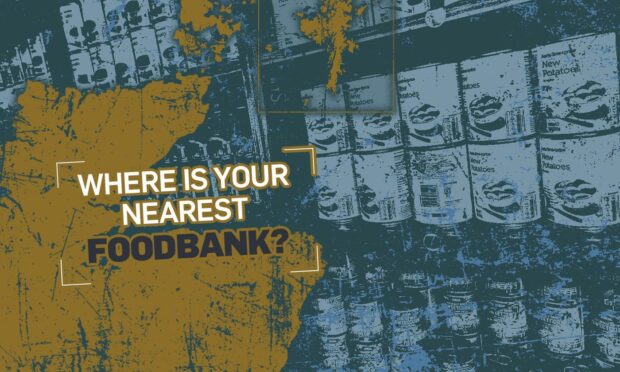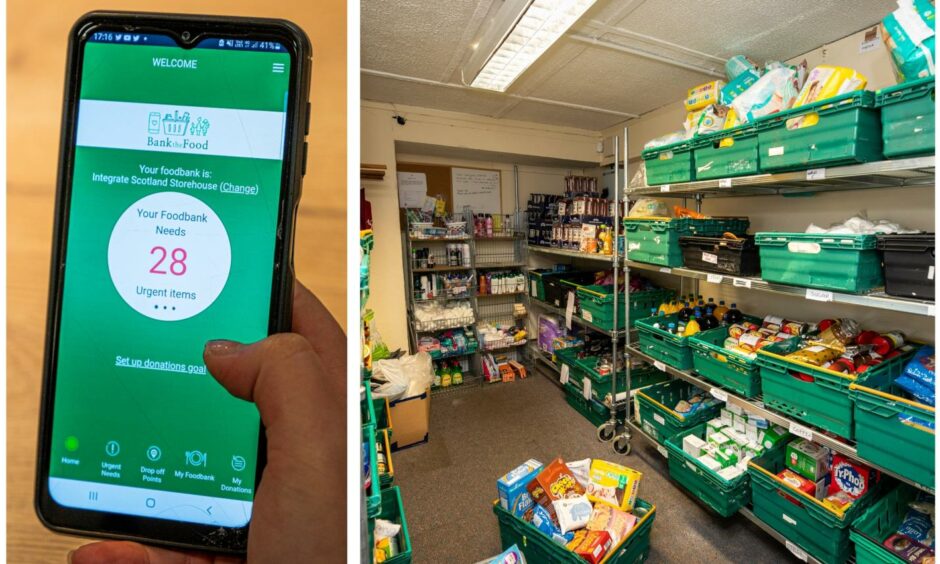Every year, foodbanks up and down the country are inundated with donations in the lead-up to Christmas.
But the need to keep the shelves stocked runs throughout the year, with more and more people turning to a foodbank for help as the cost of living keeps going up and up.
The Press and Journal and Evening Express has been working to debunk the myths about foodbanks, such as what is on offer and who can access them.
Organisations such as Cfine and the Trussell Trust run multiple foodbanks across the north of Scotland, with many more set up by independent groups and volunteers.
As part of our ongoing Big Food Appeal, we’ve pulled together an interactive map so you know exactly where you can go to get access to food.
Click on the icons to find out more about each location and follow the link for opening times on the foodbank websites.
How do foodbanks and community pantries work?
People in need can get help in different ways, from weekly food packages to visiting mobile community pantries.
Some foodbanks operate on a referral system, meaning only the likes of doctors, health visitors and social workers can connect people with them.
Organisations like Citizens Advice Scotland can meet with people to discuss their needs and may provide them with a foodbank voucher if they think they would benefit from the extra help.
At Trussell Trust locations, vouchers can be exchanged for a minimum of three days worth of emergency food at a time.
Individuals can access some foodbanks, including Cfine locations, without referral, so it is best to call your nearest branch to find out how they operate.
Community pantries can give individuals more independence when it comes to what food they receive, as they select food themselves.
Some locations may require you to place an order in advance and may ask you to come along at a specific time.
How can you donate to a foodbank?
Just like foodbanks operate in different ways when giving out food, they also differ when it comes to taking it in.
The BanktheFood app was designed to allow foodbanks to quickly communicate what items they need and what they’re fully stocked up on.
This prevents stockrooms overflowing with things like baked beans and soups, when really they are more in need of pasta, or even sanitary products and baby formula.
Many supermarkets have large bins for people to drop off donations, which will then be collected by their chosen organisation.
Some foodbanks survive purely off of donations from supermarkets of unsold food that would otherwise have gone to waste and don’t accept donations from the public.
To find out how your local foodbank prefers to receive donations, check their website or give them a call.

